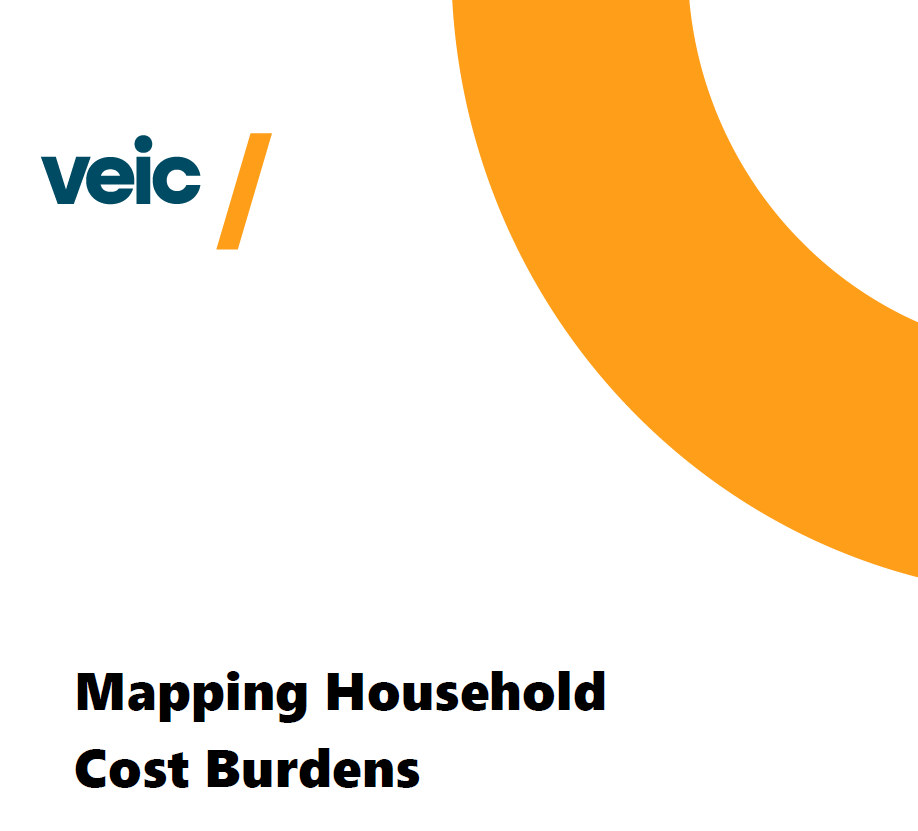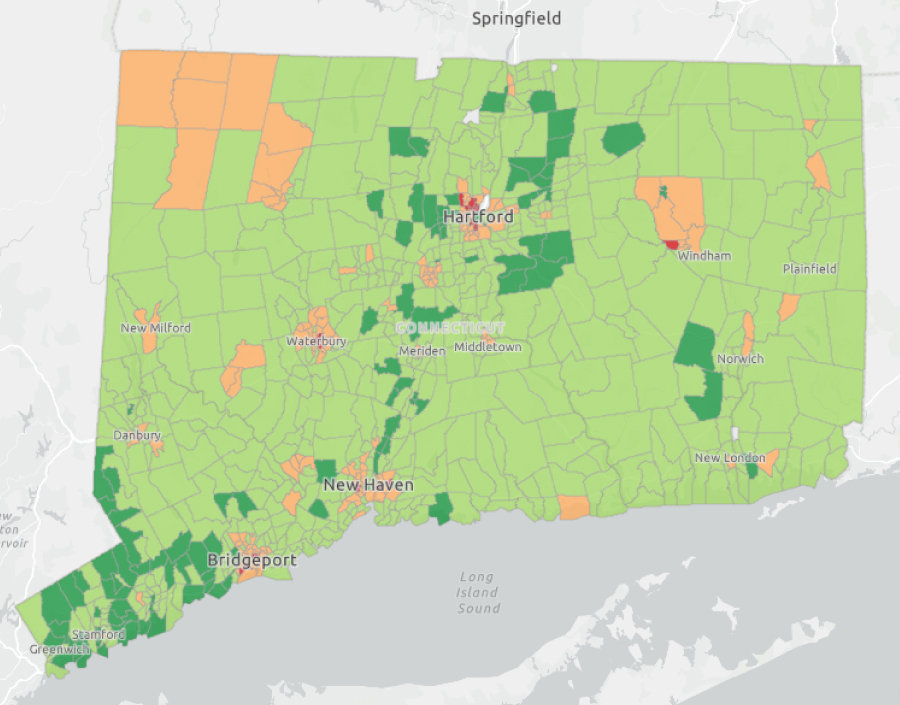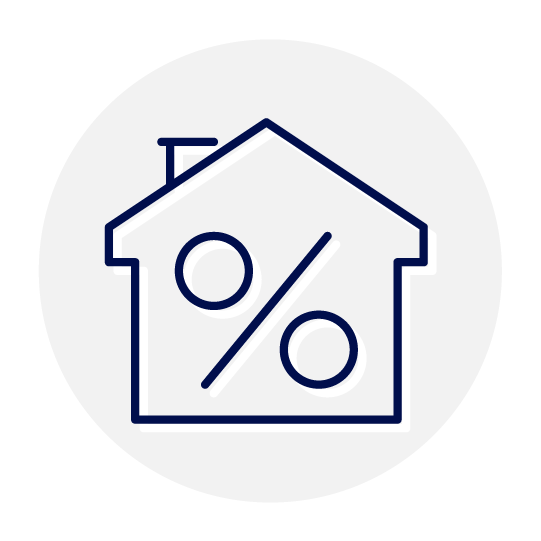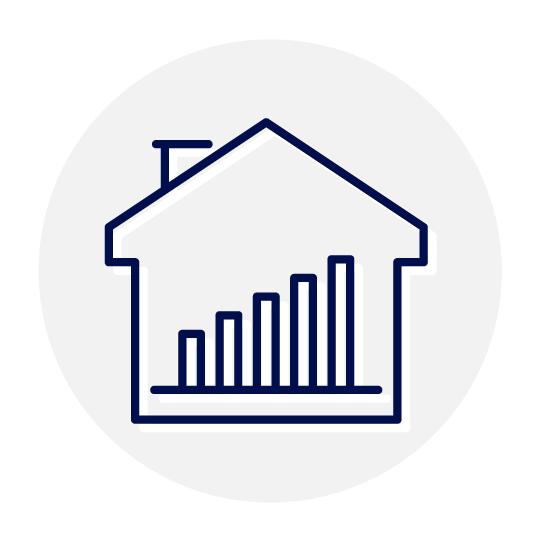
Studying Household Affordability Across Connecticut
Understanding the specific challenges our neighbors face is key to helping them in meaningful ways. That’s why Generation Power CT commissioned a study, exploring geographic patterns in spending on energy, housing, transportation, and water.
Our analysis uses 3 key metrics:
The GAP between Burden and Affordability helps us understand exactly where people need the most help. It also helps us understand the level of help they need.
Burden:
spending expressed as a percentage of household income.
Affordability Threshold:
an affordable level of spending, expressed as a percent (burden), or in dollars (burden multiplied by median income). Each spending category included in the analysis has an affordability threshold.
Affordability Gap:
any spending in excess of an affordable level. Areas that are highly burdened have affordability gaps.

Read the Full Report
We found that in three years since our previous study, Connecticut’s energy affordability gap grew 37%. As energy costs continue climbing faster than wages in our state, data shows that an estimated 1 in 4 Connecticut households cannot keep up with the costs of their basic needs.

Read More of Our Research
Too often, research studies with worthy goals fail to translate into action given the disconnect between the researchers and the community most impacted by the issue being studied, people working on the ground to support these communities, and policy makers. Working with [GPCT] connects us with all these groups, and as a result our research is bringing about real change! DR. ANNIE HARPER, ASSISTANT PROFESSOR, YALE SCHOOL OF MEDICINE




